Death of a significant US modernist, 85
mainThe American Academy of Arts and Letters has reported the death on August 23 of Mario Davidovsky, an Argentine electronic evangelist who won the 1971 Pulitzer Prize for Synchronisms 6.
He was greatly lauded in the 1970s.
Davidovsky studied with Copland and Babbitt and taught at Mannes.
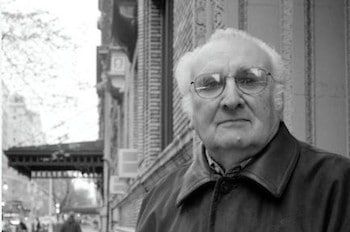

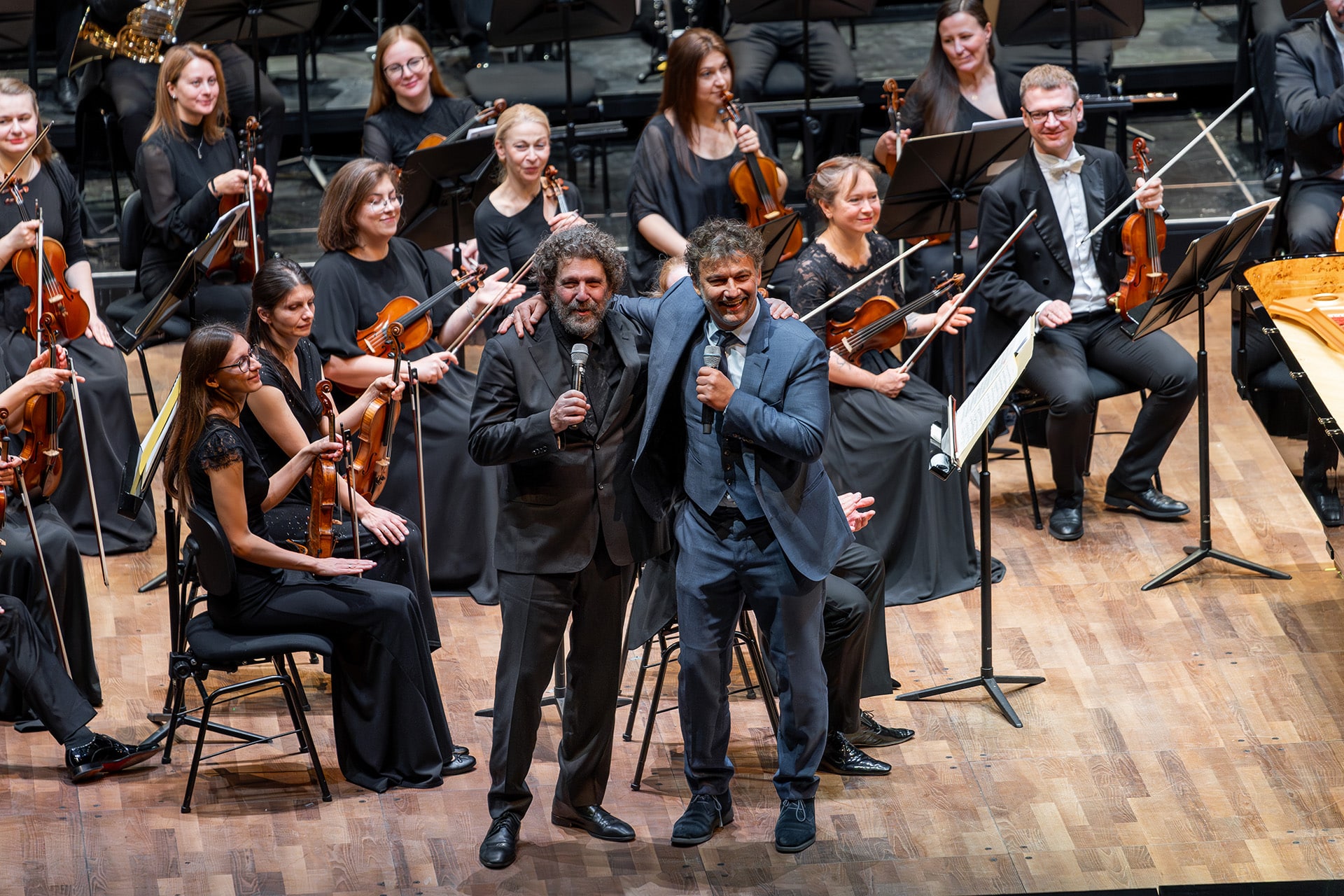
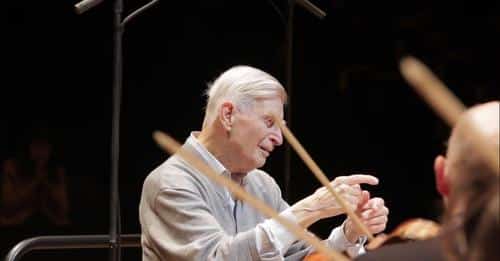
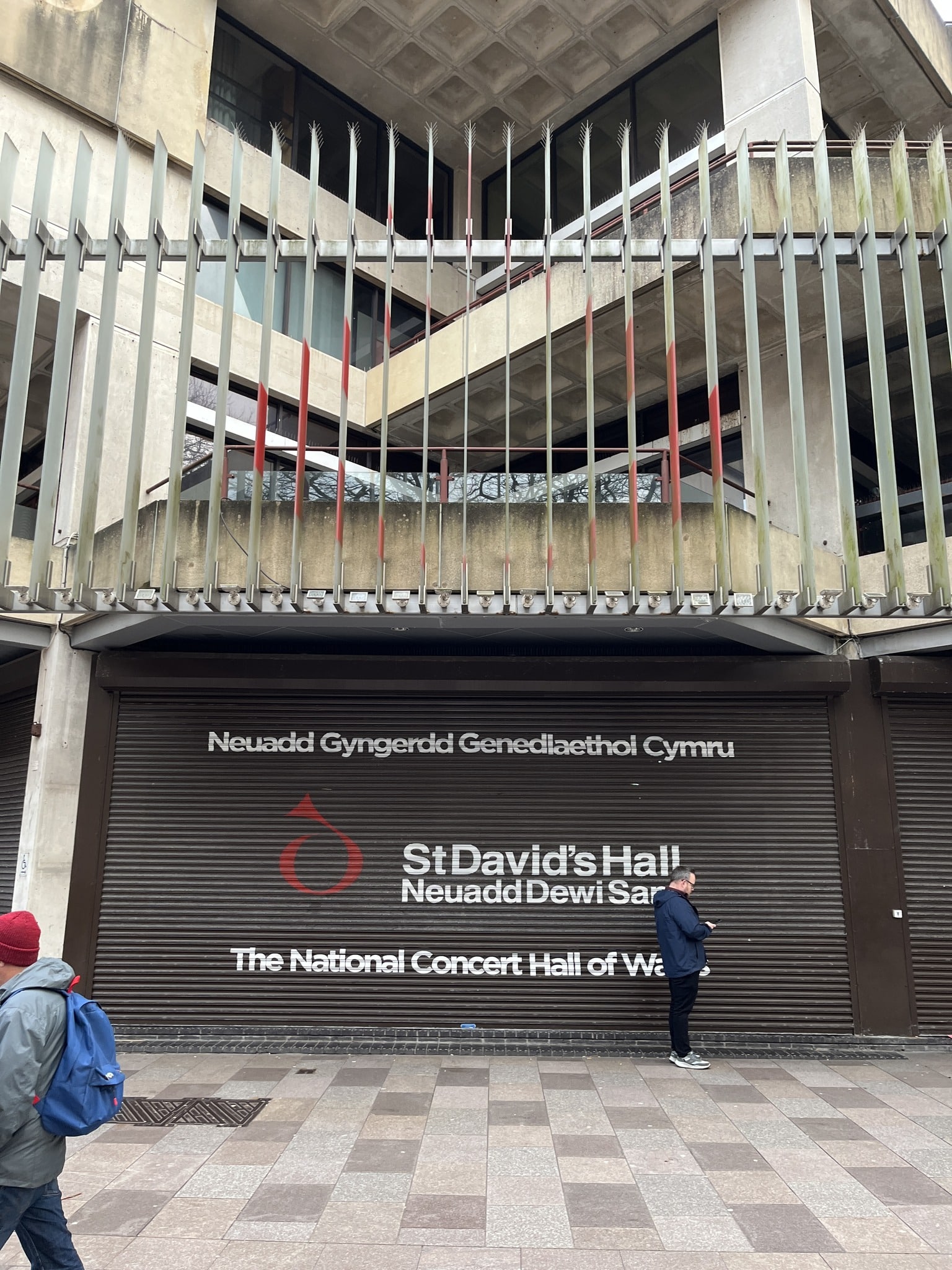
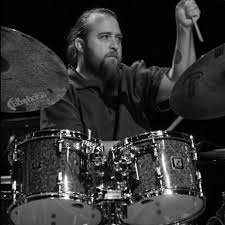
Davidovsky won the Pulitzer Prize for Synchronisms No.6, for piano (not orchestra as stated by SD) and electronics.
One movement is for symphony orchestra, afaik.
Norman, are you perhaps mistakenly believing the 12 Syncronisms are movements of one composition? No. 7 is for orchestra, but No. 6 won the Pulitzer as a stand-alone piece.
Dear Norman, The Synchronisms series of 12 pieces was composed over many years (with a break between 8 and 9) for is scored for various instruments and tape, starting with flute and tape, #1. Synchronisms #6 for piano and electronic sounds won the Pulitzer. Synchronisms #7 was composed for the NY Phil under Boulez and is very rarely performed. Mario was very dear to many in the community and we feel his loss deeply. He taught at several universities, but the longest at Columbia and then Harvard. Best regards, Eric Chasalow
Dear Mr. Chasalow,
Thank you for your comment. By any chance, was your wife, mother, aunt, or sister the same Mrs. Chasalow who used to head up the MacDowell Club in Mountain Lakes, NJ? If so, she was a treasure, also.
I believe he also taught at Columbia University and was deeply loved and respected by his students.
Mario Davidovsky passed away peacefully on August 23, 2019. He was a renowned composer and former member of the composition faculty at Columbia University. He was a past Director of the Columbia-Princeton Electronic Music Center.
I particularly love this violin piece
https://www.youtube.com/watch?v=wJCcERdh6rA
RIP
A much lauded advocate of 20C modernism – cultivating disembodiment and the fusion of man and machine in his ‘Synchromisms’. In this last genre, he was much ahead of his time, because in the near ‘posthuman’ future, such combination will create a new ‘human’ species.
The 2nd video reveals the psycho problem in all its tragedy.
In that 5th string quartet the existential pain of loosing past beauties peeps through the sound patterns.
Well, here we are, waiting for Mr.Borstlap’s comment…
For the nostalgic lovers of modernism:
The 2nd video presents a sterile, technological world, with the appropriate sounds, a denatured world, a world without Nature, in opposition to Nature. And such world is not an inevitable development of humanity, but the result of free choice. Humans created that world. We see the inevitable damage such world view does to the planet in the daily news.
Therefore some of the human tragedy can be heard, I think, in Davidovsky’s 5th string quartet. And therefore he was, and is, an important figure, for different reasons than the laudations in the seventies were meant.
I saw the premiere of Synchronisms no. 6 at Tanglewood, 1970, performed by Robert Miller, its dedicatee, by memory. One of the finest electronic + instrumental pieces I’ve ever heard. I must say, the pianist in the video is hardly following the intricate dynamics in the score, which are essential.
Many thanks for the clarifications.
A very influential Latin American composer.
“He was greatly lauded in the 1970s.” And for better or worse, one of the composers who were part of the most precipitous aesthetic collapse in the history of Western classical music.
It may seem like that, if postwar modernism is accepted as in line with the musical tradition – i.e. when that tradition died, modernism took its place. But in reality, the tradition did not die at all, it was pushed out of the public eye, ridiculed, slandered, and attacked with all the usual venom of totalitarian thought. It went underground, and only over the last years more information of its existence has come to light with the rediscovering of ‘Entartete Musik’ (esp. by Michael Haas), various institutions like the Exil Arte Centre in Vienna and the Leo Smit Foundation in the Netherlands (run by fabulous flutist Eleonore Pameyer), and the digging-out of composers who worked in the shadows during modernism, which have been researched by Canadian musicologist Herbert Pauls and American music critic Robert R. Reilly. And of course, my own book describing the current, rather prudent revival of music, which – by the way – has made quite some people angry, seeing their nice historicist idea of the last century evaporating.
https://forbiddenmusic.org/
http://www.leosmit.org/leosmitfoundation.php#.XWmPtGTgq70
http://www.musicweb-international.com/books/Pauls_two_centuries_in_one.pdf
https://www.amazon.com/Surprised-Beauty-Listeners-Recovery-Modern/dp/1586179055
http://www.amazon.co.uk/Classical-Revolution-John-Borstlap/dp/0486814483